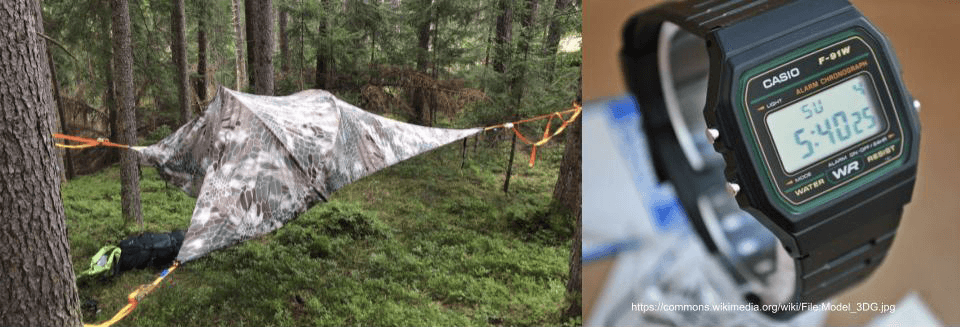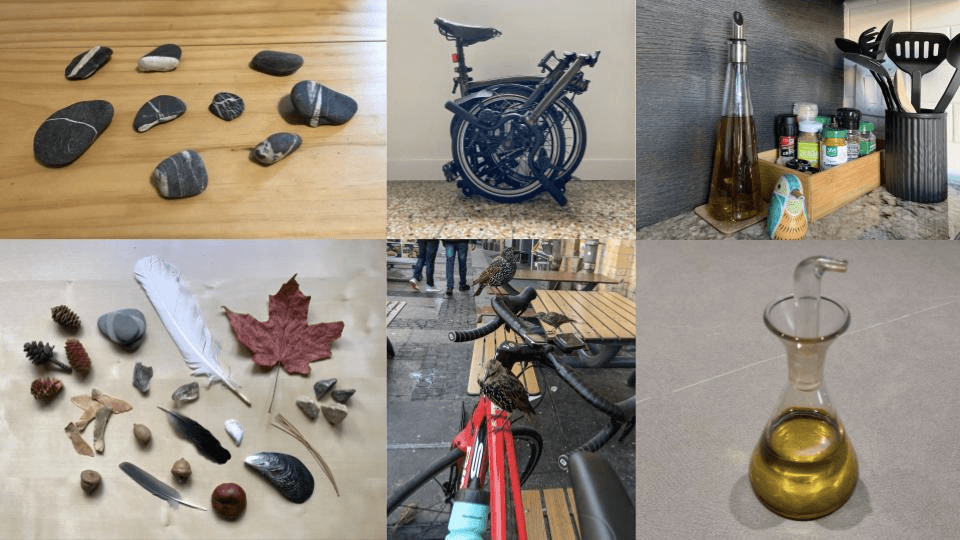Diverse teams generally perform better than others, but what do we mean by diversity and how do we know what diversity exists within our own teams? Most people consider diversity to be things like gender, sexual orientation, racial or ethnic identity, religion, languages spoken, age, educational background, etc. and ultimately everyone has multiple facets to their identity that make them who they are, but some of these facets are not always visible in the workplace.
Last month my colleague and I organised and facilitated our annual three-day virtual offsite, for our global team of 25 designers and researchers. Across the team we span multiple timezones and continents and are a very global team geographically, but we are also an entirely English-language speaking team, grounded in many of the cultural norms of American society, where the Wikimedia Foundations headquarters are based. So we decided to focus the offsite on an overarching theme of ‘communication,’ with a particular focus on understanding a little more about each person’s cultural background and the role communication played in this for them.
The idea
We surveyed the team to find out what languages everyone spoke, and what each person’s native language was. We discovered that almost half the team had NOT learnt English as their first language. It occurred to me then that if we could actually hear every person in the team, speak about themselves in their native language, we may experience something quite different about each other. What if we hired translators to translate team members speaking in their first language?
We wanted to be sure that people were encouraged to open up as much or as little as they felt comfortable doing in this context. We were aware that for some people speaking about themselves in a large group can feel quite intimidating, and different people have different levels of personal information they want to share in a work environment. So I thought that perhaps adding a level of abstraction to the conversation might ease this tension. We decided to ask folks to describe themselves through a set of ‘artifacts’ or ‘objects’.
Preparation
Before the session we asked each person to spend some time identifying and thinking about some objects in their lives that had significance for them. What did they mean to them personally, and what did they say about who they were? They prepared for the activity by following these guidelines;
- Identify a set of three ‘artifacts’ (or objects) that show…
- Something that represents different aspects of your personality.
- Something that represents the culture(s) you most closely associate with.
- Something that represents the method of communication that makes you feel most alive.
- Take photos or download images of your artifacts and add them to a shared slide deck.
- Prepare to talk for 2 minutes about your artifacts and why you chose them, in your native language.
Activity
We hired seven translators to join the online event and translate the talks, sentence-by-sentence, from Hindi, Cantonese, German, French, Italian, Russian and Spanish back into English for the team. As the activity flowed I could see the faces of the team lit up with intrigue and curiosity as they discovered a whole new side to their teammates. As one person later said,
“Hearing my colleagues speak in their native language was like meeting new people.”
People were highly creative in how they interpreted the activity and chose fascinating objects to describe themselves. For example, one person showed a picture of a digital watch to describe their personality whilst another showed a tent hung between two trees.

Some people chose very similar objects to describe their culture, often when they in fact came from quite different backgrounds. For example, a couple of people chose stones and objects from nature, whilst two showed pictures of their bikes, and two others shared bottles of olive oil.

Many people chose music as the method of communication that makes them feel most alive. Perhaps we should have a team playlist?
Learnings
The process of translating the talks wasn’t easy, given the fact that many of the people in the team actually spoke better English than some of the professional translators we had hired. This meant that when a few of the translations appeared not to be entirely accurate, some of the people doing their talks, felt the need to briefly re-explain what had been said in English. As one of the participants said,
“Listening to translators on the first day, especially when it was evident there was missed or incorrect interpretation. It really highlighted the invisible communication issues we face as designers and researchers working on a multilingual product with people from around the world, and the importance of reviewing text, written, speech, and visual communications as there is so much room for (mis)interpretation.”
But this whole process was very interesting to observe and felt like as much part of the experience as the talking was. As the challenges of speaking and translating different languages became evident throughout the exercise, one participant observed,
“Hearing fellow team members presenting in their native languages was a lovely moment that made me appreciate what a global team we have and also full of admiration of how so many people communicate so eloquently in English when it’s their second language.”
There was something about this experience that allowed us all to connect on a different level. One person said to me that no-one had ever asked them to speak their native language at work before. By seeing the different facets of each other and starting to form new types of connections, we began to see how our different views and perspectives actually bring us together and make us stronger as a team. And in turn, this will lay the foundations for being able to work on more complex problems together and ultimately build even better products. As one of my colleagues so beautifully put it;
“All the moments of hearing my multi-cultural team speaking in different languages was such a beautiful sound and an aural reminder of our diversity.”
I’ve shared this story today in the hopes that it may inspire others to run a similar activity in their own teams. If you do, please share your experience, we would love to hear about it.
